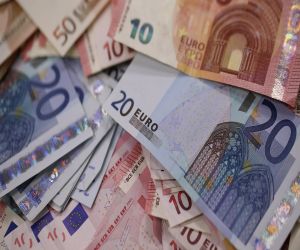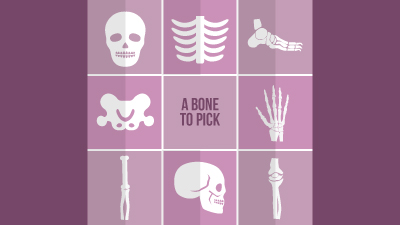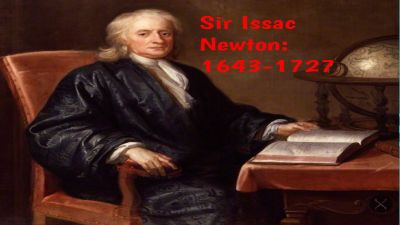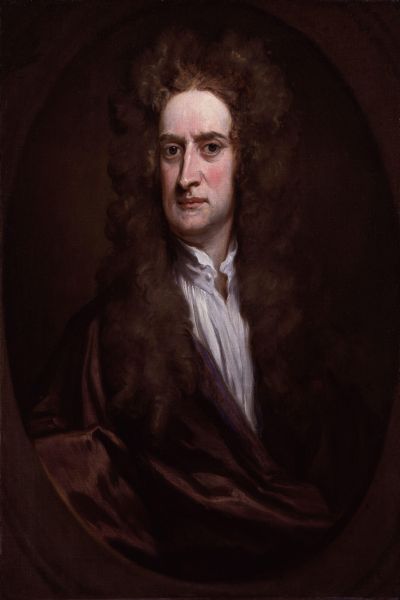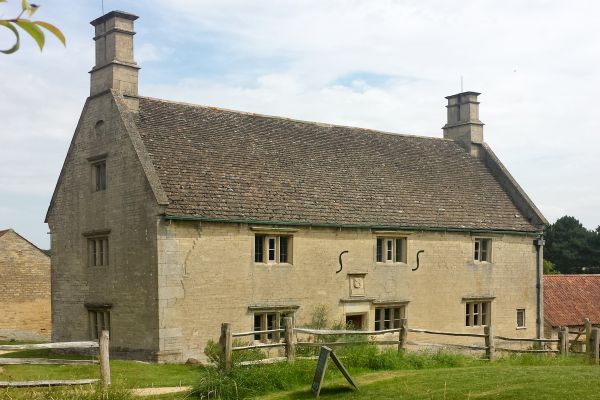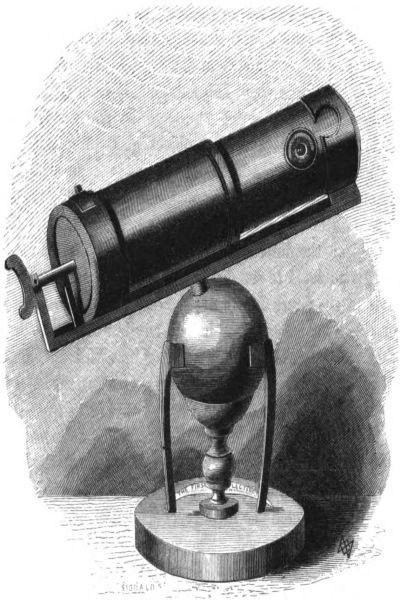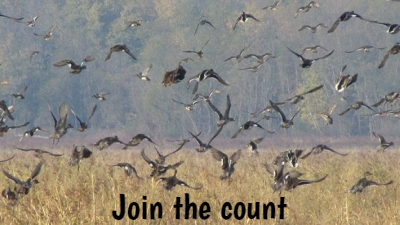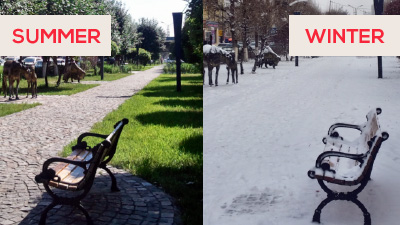The sequel to the 1964-classic “Mary Poppins”, the magical nanny, takes you on newer fantastical adventures and reminds the now older Banks children about the real joys of life.
“What brings you here after all this time?”
“Same thing that brought me the first time: I have come to look after the Banks children.”
Mary Poppins returns to No. 17, Cherry Tree Lane — 54 years after the magical nanny weaved magic in the lives of the Banks family in the 1964 classic, “Mary Poppins”! This time, she makes an appearance to help the Banks children, who are all grown up.
The movie, “Mary Poppins Returns” (which released in India in January 2019) set a new record as the longest gap between a live-action film and its sequel in history.

Plot
The movie is set in 1935 London — 25 years after the events of the first film — amid the Great Depression. Michael Banks is now a father of three, still living in his father’s house, which may end up in the possession of the Fidelity Fiduciary Bank, if he does not pay his dues in a few days’ time. Just as he and his sister, Jane struggle to find a way to retain the house, Mary Poppins reappears to help them through the difficult time. But mainly to help them rediscover the joy and wonder that has been missing in their lives.
Meanwhile, the younger Banks children John, Annabel, and Georgie, have their own magical time just like their father and aunt did, with Mary Poppins — an underwater world that they disappear into from their bathtub; an animated landscape inside an old China bowl; a stage performance with an entourage of animals; and many more whimsical adventures.
All is well in the end, but it is time for Mary Poppins to leave and she does in her signature style — floating away with her umbrella, and one last look at the Banks family.
Walt’s trials
The story of how the first movie came about, in itself, has so much drama that it spawned an entire movie! It all started with Walt Disney’s promise to his daughters to turn their favourite book, Mary Poppins by P.L. Travers into a film. Would have seemed simple for a man who made blockbuster movies; yet it took him 20 years to do it!
After 20 years of pursing the author with letters and telephone calls, Travers finally agreed to meet him in 1961. And it took him and his team another two exhausting weeks trying to convince her to allow him to adapt the book into a movie. She did not approve of the characterisation of Mary Poppins, the songs, the use of animation, and making up words.
A compromise was arrived at and the movie finally released in 1964.
Then & now
Take a look at the characters and how they have changed from the older movie to the latest one.
